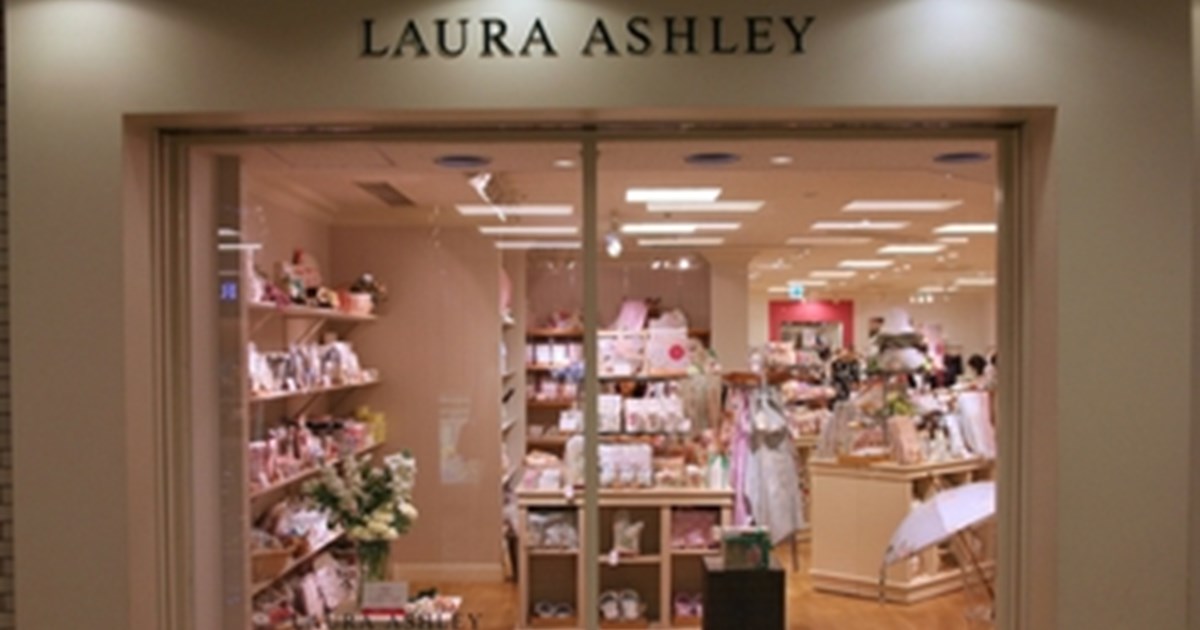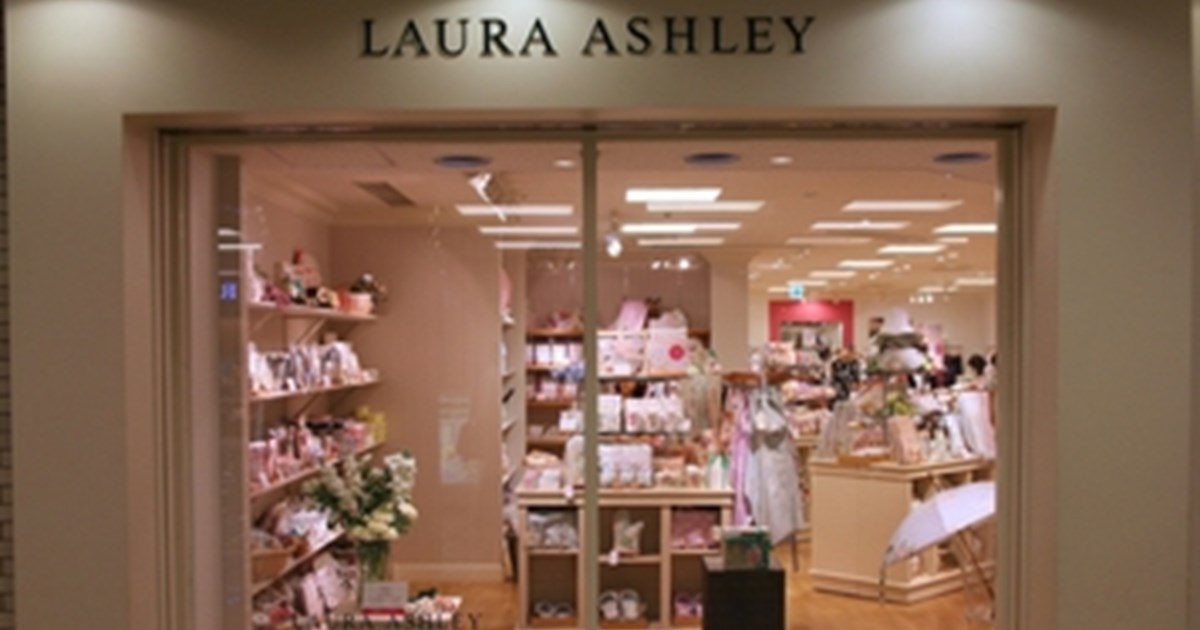
Laura Ashley relaunched its website at the end of 2018 – and the re-platforming is proving successful so far, with future innovations in the pipeline.
That is according to the retailer’s head of IT, Colin Rice, who said the new image-heavy, software-as-a-service site from Oracle Commerce Cloud is much more appropriate than the one it replaced to support Laura Ashley’s ambitious digital plans.
He said augmented reality (AR), enabling customers to view what items look like in their house prior to purchase, and artificial intelligence (AI)- enabled product recommendations are both being considered as part of a future phase of online growth.
To date, Rice added, the new website – which officially launched in November just ahead of Black Friday – has been successful in giving the eCommerce team greater control of the site than they had before.
“We wanted our eCommerce team to be more standalone,” he explained.
“Previously, they were quite dependent on the integrators being able to create content and make changes and launch new seasons – we wanted them to do this themselves.”
Rice was speaking at the Oracle Retail Exchange event as part of the tech company’s NRF 2019 programme in NYC.
The head of IT went into detail about the roll-out of a new website supported by Oracle Commerce Cloud, which replaced an outdated platform from Venda. Essential Retail reported the change of eCommerce supplier back in February 2018.
“We still have work to do to get it to exactly where we want it to be,” said Rice, who also noted that 25% of total sales at Laura Ashley are online, generating an annual revenue for the business of around £257 million.
“We spent years on the other website, polishing, pruning and adjusting it, so it’s going to take a few months to get [the new site] exactly where we want it to be.”
Rice noted that Oracle was chosen as the platform ahead of IBM and Salesforce Commerce Cloud, whose technology was also assessed. He said key to the final decision was the new site’s capability to showcase and support the sale of Laura Ashley’s significant level of customised or “made-to-measure” products.
The made-to-measure curtains business is worth circa £20 million annually to Laura Ashley alone, Rice said, and there is an almost unlimited number of combinations of what each product can look like, with different types of pleat and lining and multiple other fabric and style options.
Laura Ashley began selling custom products online in 2001, but now its new website features clearer tools for customising products. The site also integrates more closely with the company’s global inventory system, and each of its international territories websites can tailor their online storefronts accordingly.
The retailer aims to invest more in the realm of customer experience, going beyond simply having product listings online, according to Rice. The AR technology would be a plugin API on Oracle Commerce Cloud, while the AI tech is already part of the platform.
Rice’s eCommerce insights come after Andrew Khoo Boo Yeow, the executive chairman of Laura Ashley parent company Malayan United Industries (MUI), told the Press Association around 40 stores will be removed from the retailer’s 160-strong UK estate in the months ahead.
MUI will be looking to grow the size of some existing stores while enhancing Laura Ashley’s digital proposition around the globe. It has a Singapore office that is solely focused on developing eCommerce in China, where the retailer sees significant opportunities for market penetration.
For Rice, supporting the sale of customised products will be key to the ongoing success of the website. He said one product description on the new website highlights the complex nature of some of Laura Ashley’s products: “Albertine blush, deep triple-pleat curtains with oatmeal-bonded inter-lining and an arch double pleat pelmet with medium tie backs with black Albertine-blush piping”.
“You can’t [sell] that with an off-the-shelf eCommerce system. That’s the magic of the website – trying to get those custom products in. Over half of the business is customisable products.”

